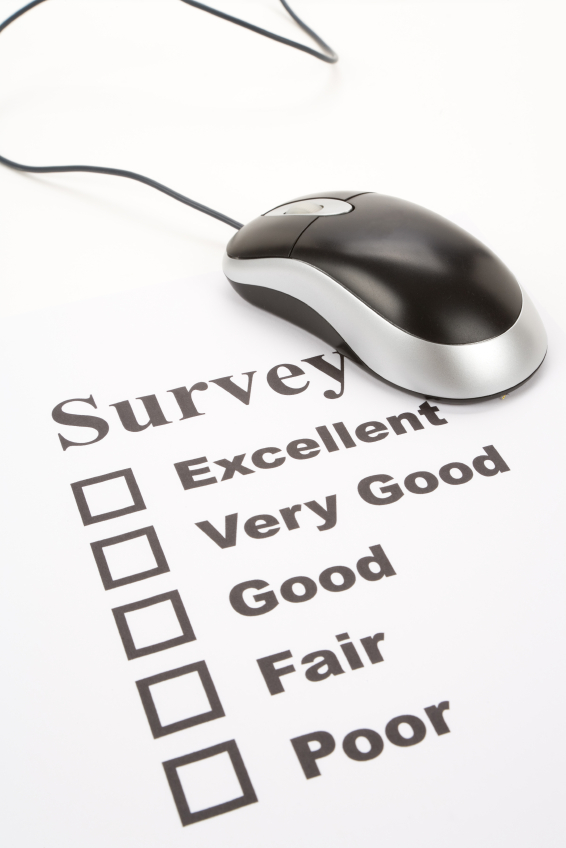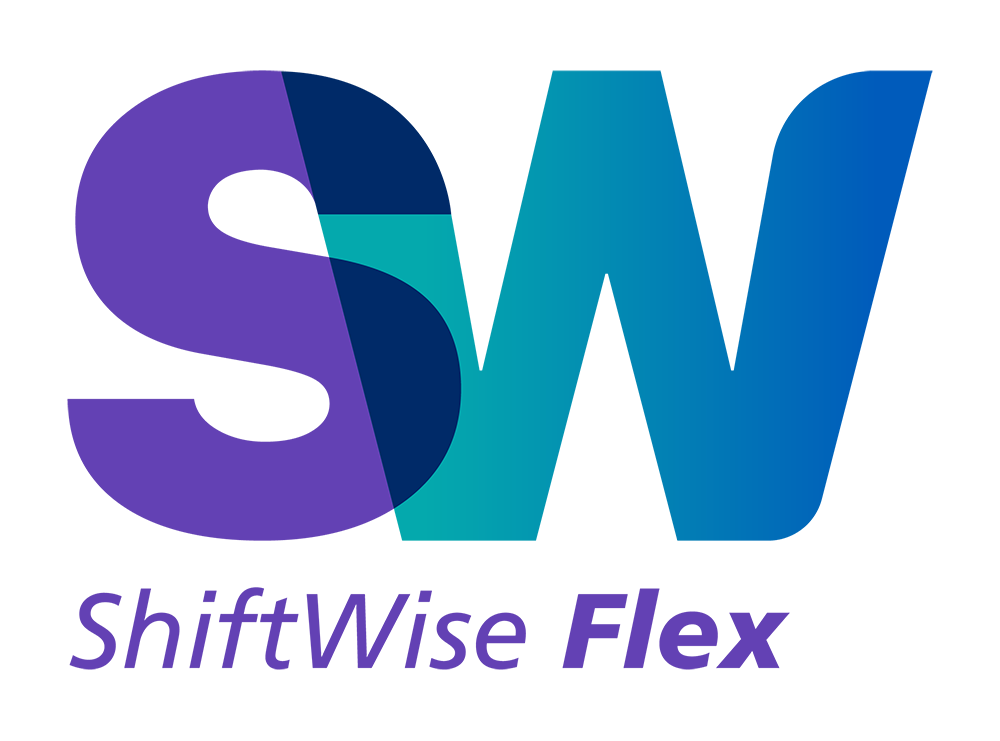 It’s almost that time again: The Joint Commission surprises your business for an accreditation survey. Whether you are operating a clinic or another healthcare facility, the Joint Commission visit is daunting for all.
It’s almost that time again: The Joint Commission surprises your business for an accreditation survey. Whether you are operating a clinic or another healthcare facility, the Joint Commission visit is daunting for all.
The Joint Commission visits about every three years to accredit and certify more than 21,000 healthcare organizations and programs in the US.[1] Although accreditation is not required, awarded certification can immensely impact your company’s credible standing. Therefore, it’s important ace the inspection. In order to do this, and preemptively reduce the risk and liability of being unprepared, it’s important to focus on creating measurable and accessible workflow, policies, and procedures.
Patient rights and education
Accountability to patient safety remains a top priority. Successful accreditation upholds high ethical practices and delivers adequate organizational performances. When it comes to patient rights and responsibilities, make sure your organization provides sufficient communication to patients regarding confidentiality agreements, consent forms, patient wishes on organ donation, and any filming or videotaping consent.
Although all staff members are responsible for patient safety, undocumented communication and distribution of patient rights will reflect poorly on the organization overall. Many healthcare groups are using vendor management systems (VMS) to monitor, maintain, and organize credentialing for all staff in one easy-to-access resource. Vendor management systems, such as ShiftWise, uphold all compliance standards and distinctly advocate for patient safety.
Infection control
Your patients come to clinics to be treated and healed, not to be infected. The Joint Commission will be looking for procedural documentation and implementation of healthy habits and infection control best-practices. Some insights to consider include the cleanliness of gowns used in contact; clean endotracheal tubes; usage of properly licensed practitioners; proper usage and cleansing of laryngoscopes; procedures on laundering and linen management; and practices with disinfection units.[2] When in doubt, clean it out.
Medication management
As a prescriber and drug distributor, it is imperative that you document your prescription and medication distribution practices. The Joint Commission will evaluate your effectiveness and practices regarding emergency carts, medication security, multi-dose vials, refrigeration, and sampled medications.
Preventing medical errors
The workflow, policies, and procedures that you implement directly impact your patients and their fair treatment. Ensuring that communication plans are written, regularly maintained, and utilized by staff is the best way to show the competence of your medical practice. Consider holding emergency meetings and company-wide practice scenarios to know where your business may lack in emergency preparedness.
Qualified staff
Not only is it imperative that your clinic has adequate staff to fill shifts and perform procedures — you must consider how you verify hiring the most qualified doctors, nurses, and other staff. With ShiftWise’s VMS, you’ll comply with ease. Staff competency resolutions will reflect positively on surveys. Utilizing a VMS is the best way to manage staff and maximize staffing competence, which will help you ace the Joint Commission survey.
Having access to and viewing of all your staff in one system concisely verifies compliance.[3] Credentialing is an important element, which ensures all staff observe the standard requirements in any given task. Tracking worker credentials equips organizations to make necessary strategic decisions regarding contingent labor.[4]
Emergency preparedness
With all of the moving functions in healthcare organizations, the Joint Commission will also survey a company’s ability to plan for emergencies, crisis, and disaster. Focus on hazard vulnerability analyses and emergency management plans such as emergency management 96-hour plans; emergency management event recovery and continuity plans; emergency operations creation participation plans; and any other emergency preparedness functions associated with staff, procedures, and building complexities.
Data recording and analysis
The final step to acing your next Joint Commission survey is to install evaluation systems. As you collect data on your company’s performance through VMS and surveys, establish critical measures to evaluate and improve organizational behavior and effectiveness functions. Going the extra mile always pays off, especially when accreditation and certification are at stake.
Keep in mind that the best preparation for the accreditation survey is managed when a small group of experienced and well-trained employees are responsible for handling the procedures. Knowing beforehand what the Joint Commission will be focused on will ensure maximum quality healthcare for your organization.[5]
[1] https://www.jointcommission.org/about/jointcommissionfaqs.aspx#2274
[2] https://www.jointcommission.org/standards_information/jcfaq.aspx
[3] https://www.shiftwise.com/whos-afraid-big-bad-joint-commission-vms/
[4] https://www.shiftwise.com/11-ways-prepare-joint-commission/
[5] https://www.shiftwise.com/5-ways-to-blow-away-the-joint-commission/
 See demo
See demo